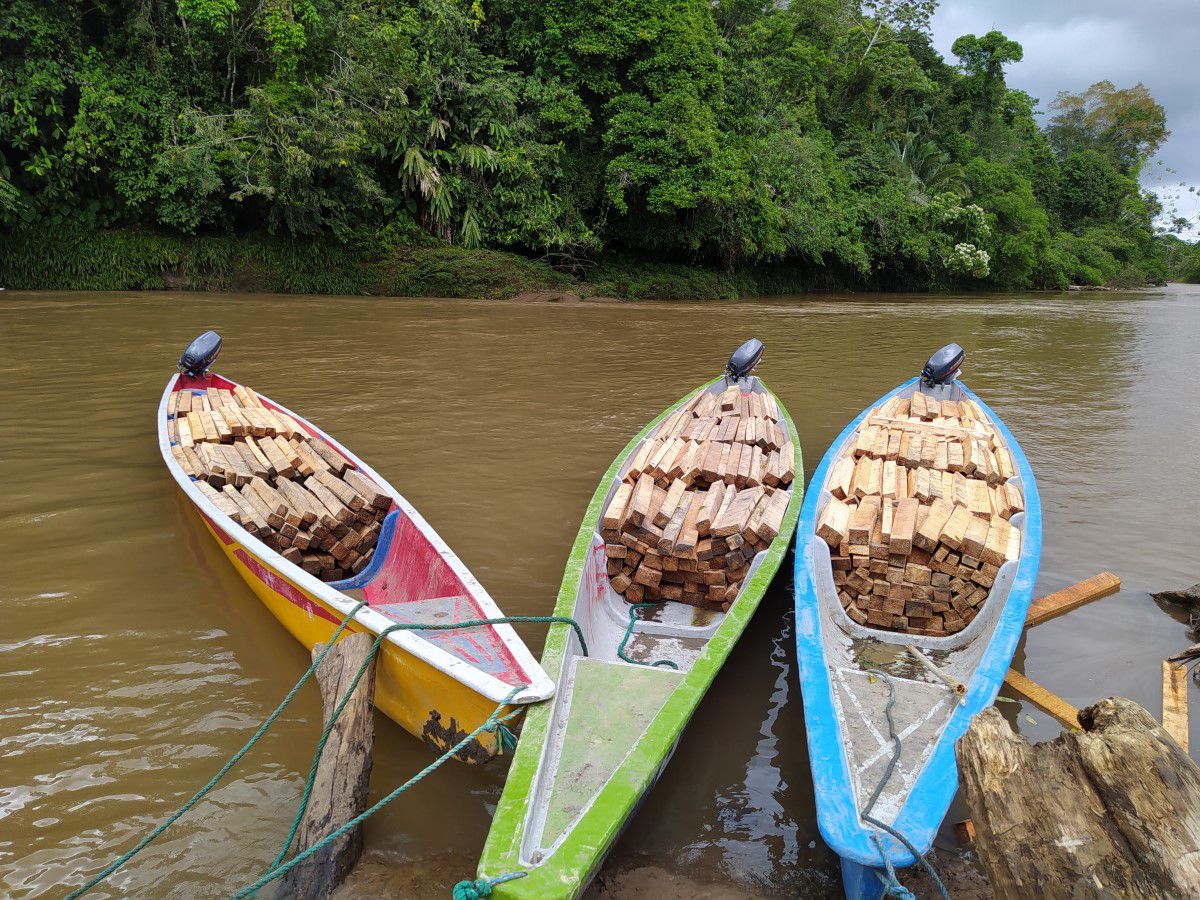Demand for balsa wood, which is used to make turbine blades, has spiked to the point that it is causing significant damage to indigenous communities in Ecuador. You may have used this lightweight wood in model airplane kits when you were a kid. But now the consequences of massive global demand are catching up with the very people the environmental movement set out to help.
Deforesting the Amazon for wind energy.
— James Melville 🚜 (@JamesMelville) June 17, 2024
The increase in wind power demand has triggered a huge demand for balsa wood (a component in wind turbine blade construction) and in the process, destroying trees, indigenous communities and ecosystems in the Amazon. pic.twitter.com/LgJIcIBozL
As Europe and China increase the construction of blades for wind turbines, balsa trees are being felled to accelerate an energy transition driven by the need to decarbonize the global economy.
In the indigenous territories of the Ecuadorian Amazon, people began to notice an uptick in international demand for balsa wood from 2018 onwards. Balsa is very flexible but tough at the same time, and offers a light yet durable option for long-term wind power production. The typical blades of a wind turbine are currently around 80 meters long, and the new generation of blades can extend up to 100 meters. That means about 150 cubic meters of wood are required to build a single unit, according to calculations by the United States National Renewable Energy Laboratory.
This increase has led directly to the deforestation of the Amazon. Irregular and illegal logging has proliferated by those who have reacted to the scarcity of wood grown for timber by chopping down the virgin balsa that grows on the islands and riverbanks of the Amazon. The impact on the indigenous people who live in the area has been as devastating as mining, oil and rubber were in their day.
Now they’re ready to fight back
The A’i Cofán in northern Ecuador, an Indigenous community has taken the policing of their land into their own hands. They rely on their ancestral knowledge of the rainforest, but have also more recently begun incorporating modern technology such as drones, trap cameras and GPS devices that run on renewable power.
As more and more countries and indigenous peoples wake up to the asset stripping from Chinese and Western nations we can expect more of this type of protectionism.
Indigenous people in Ecuador are using drones, trap cameras and GPS locators to keep illegal miners and hunters away from the Amazon rainforest.
— Bloomberg Green (@climate) September 24, 2023
This article is free to read https://t.co/7k0JavRnZT
